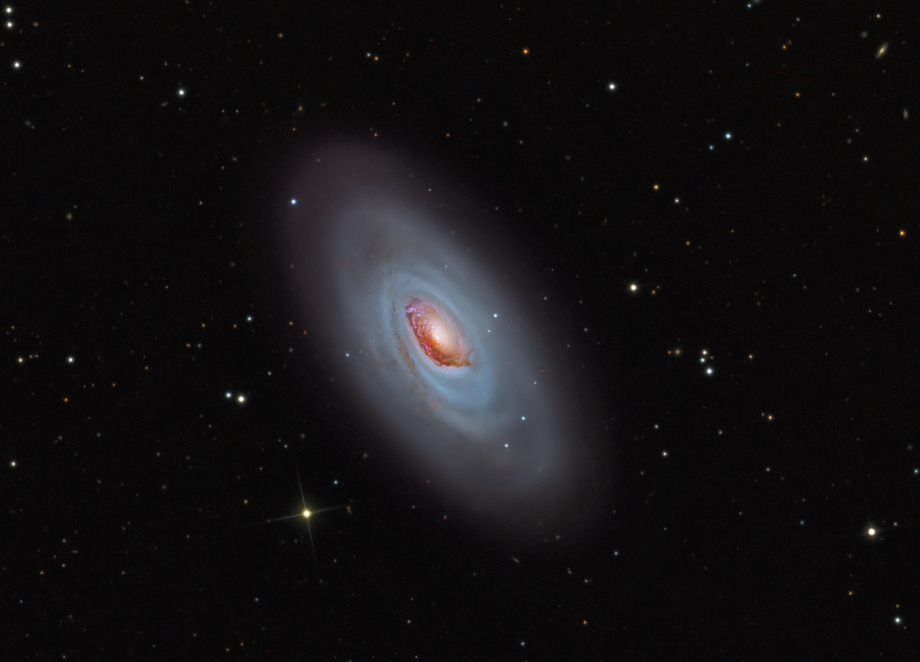http://apod.nasa.gov/apod/image/1304/743348main_SDOTimelapse_Sun_2k.jpg
This is an image of our Sun. This is a composite of 25 different images recorded in extreme ultraviolet light taken over the course of two days. In a normal light view, the brighter spots would appear darker.
Friday, April 26, 2013
Friday, April 19, 2013
Apod 4.4
http://apod.nasa.gov/apod/image/1304/neptunetriton_voyager_960.jpg
This image was taken by the Voyager 2 spacecraft camera. It depicts Neptune and one of its moons, Triton. This picture could not be taken from Earth because Neptune does not have a "crescent" phase visible from Earth.
This image was taken by the Voyager 2 spacecraft camera. It depicts Neptune and one of its moons, Triton. This picture could not be taken from Earth because Neptune does not have a "crescent" phase visible from Earth.
Friday, April 12, 2013
Apod 4.3
http://apod.nasa.gov/apod/image/1304/soul_andersson_2048.jpg
This image depicts a region called the Soul Nebula in the constellation Cassiopeia. This nebula is home to many clusters of stars. It is also the host of a large radio source called W5.
This image depicts a region called the Soul Nebula in the constellation Cassiopeia. This nebula is home to many clusters of stars. It is also the host of a large radio source called W5.
Friday, April 5, 2013
Apod 4.2
This is an image of Messier 64. the Black Eye Galaxy. It is also called the Sleeping Beauty Galaxy. It is 17 million light-years away inside the constellation Coma Berenices. This M-object is actually composed of two concentric, counter-rotating systems of stars.
Subscribe to:
Comments (Atom)
